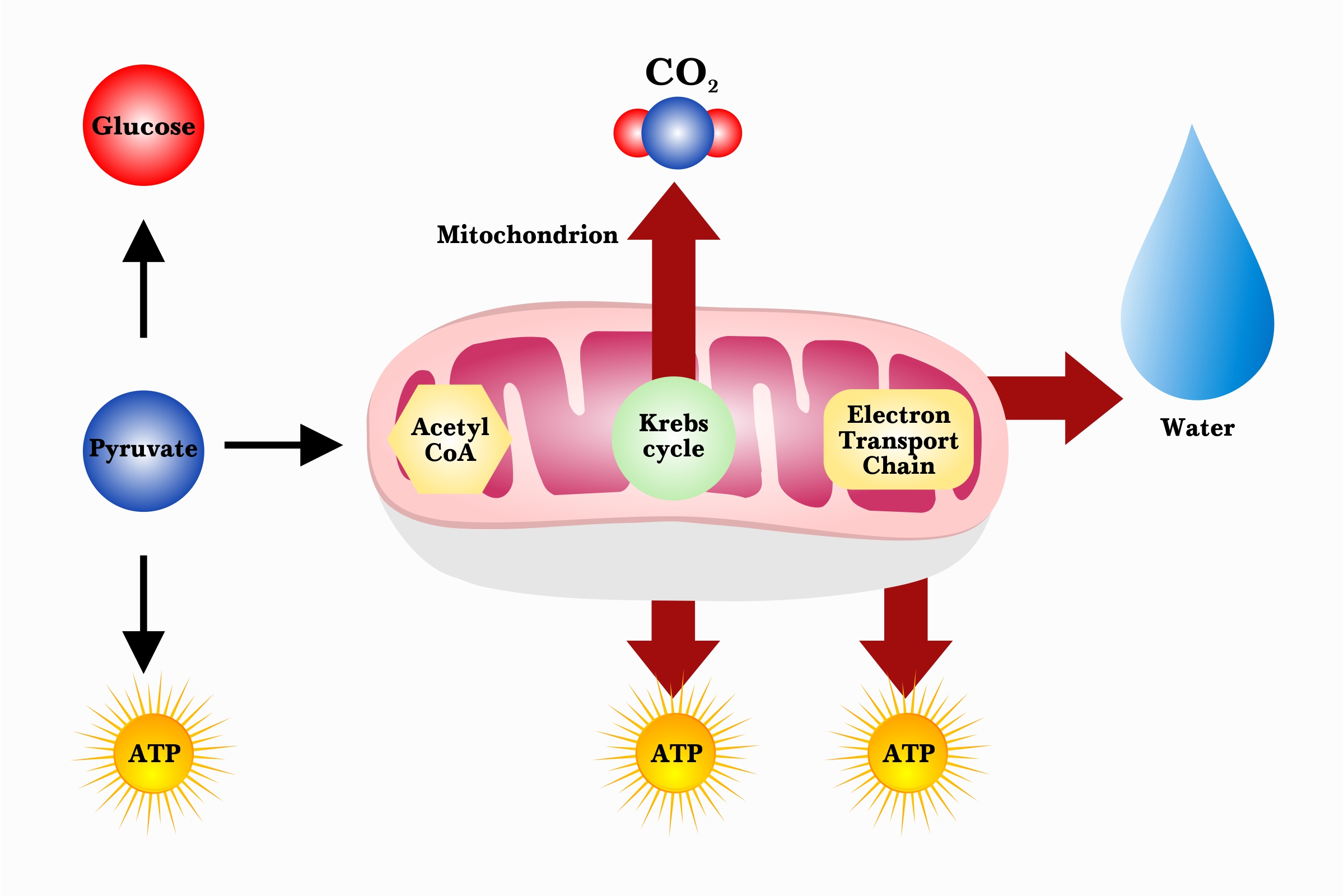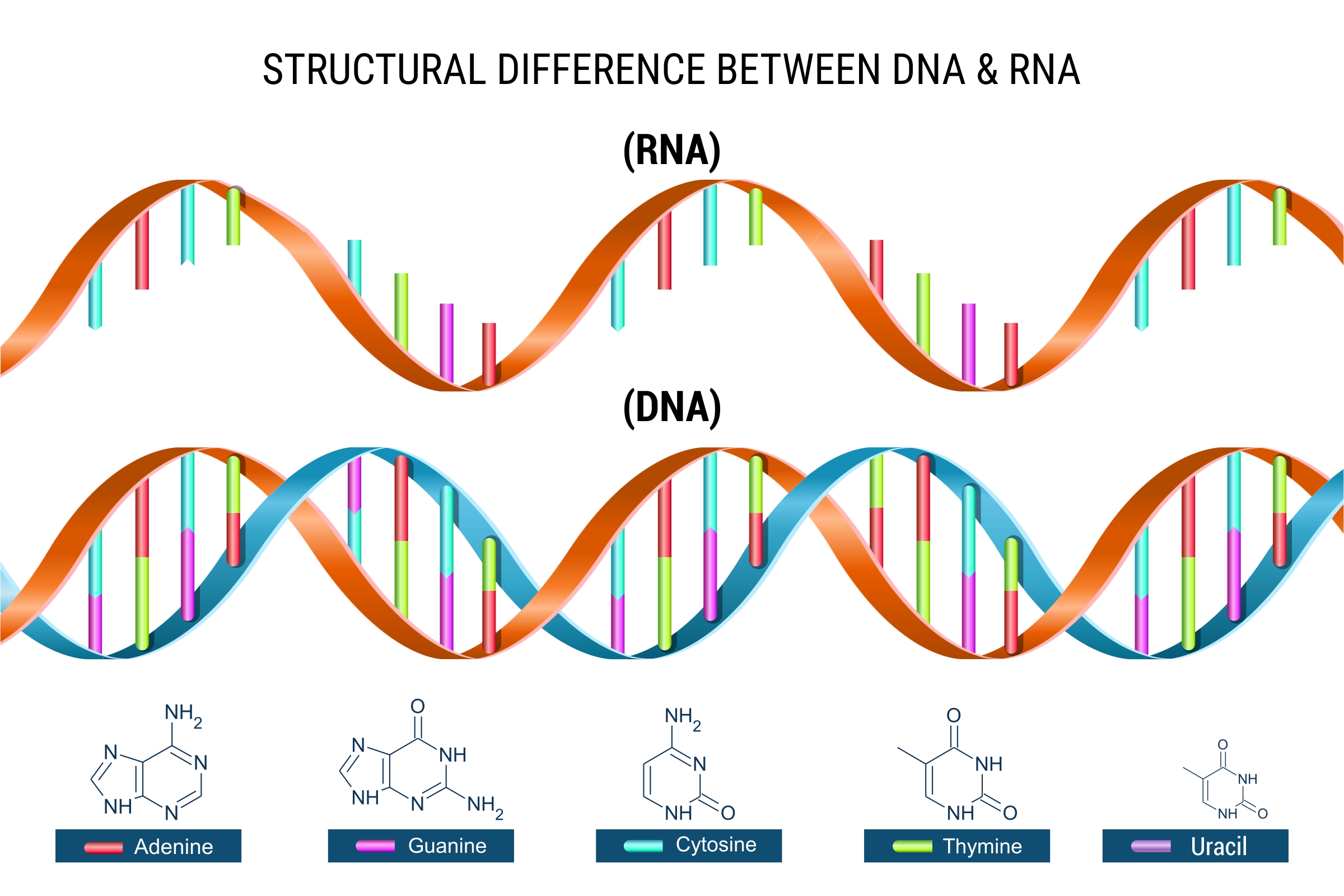Enrich your knowledge with our informative blogs
What is the symbol equation for aerobic respiration?

Respiration refers to a biochemical process where an organism’s cells acquire energy by combining glucose and oxygen, resulting in the release of ATP, Water, and Carbon Dioxide.
Respiration releases the energy from glucose in ATP form that occurs in all the living cells. The respiration process occurs in all living cells.
Aerobic respiration that is with oxygen releases more energy as compared to anaerobic respiration that is without oxygen.
Both anaerobic and aerobic respiration involves the chemical reaction that takes place in the cell to produce energy, and this energy is essentially required for the active processes.
Book Your 60-minutes Free Trial class NOW!
Aerobic respiration
Aerobic respiration refers to respiration using oxygen to break down the food molecules. The glucose molecule is the primary respiratory substrate that is used for respiration. It is oxidized to release its energy.
The general word equation for aerobic respiration is denoted as
Glucose + Oxygen ———–> Carbon Dioxide + Water + Energy released
Symbol equation for aerobic respiration
C6H12O6 + 6O2 ——–> 6CO2 + 6H2O
Respiration is generally a series of processes, but this equation summarizes the overall process.
During a respiratory process, the first stage occurs in the cell’s cytoplasm, but most of the energy is generally released in the mitochondria. In contrast, in the aerobic respiration process, 38 ATP molecules of chemical energy are produced.
While talking about aerobic respiration, anaerobic respiration is not separate as both of them take place in the cell to produce energy. So, let us get familiar with anaerobic respiration also.
Anaerobic Respiration
Many organisms cannot respire devoid of oxygen, but several tissues and organisms can continue to respire even if the oxygen runs out. These tissues and organisms use the anaerobic respiration process.
During this type of respiration, glucose oxidation is incomplete, and therefore the reaction requires less energy. The energy needed by anaerobic respiration is about a nineteenth of energy release during the aerobic respiration process. And only two ATP molecules are generated.
Even human muscles can respire anaerobically but for shorter time periods only.
Here the glucose is converted into lactic acid
Glucose ———> Lactic Acid + Energy released
The word equation for anaerobic respiration is denoted by
Glucose ———-> Ethanol + Carbon Dioxide + energy released
Anaerobic respiration takes place only in the cell’s cytoplasm.
Book Your 60-minutes Free Trial class NOW!
Difference between aerobic and anaerobic respiration
| Terms | Aerobic Respiration | Anaerobic Respiration |
| Oxygen Presence | Present | In short supply or absent |
| Glucose Oxidation | Complete | Incomplete as the respiration products still comprise energy. |
| Respiration Products | Water and Carbon Dioxide. The products here do not have any stored energy that can be utilized in the respiration process. | Mammalian Muscle: Lactic Acid
Yeast: Ethanol and Carbon Dioxide. Several plants: Carbon Dioxide and Ethanol The products here include stored chemical energy that can be further used in a respiration process.
|
| Amount of energy released | Relatively large amount | Its quick but small amount |

Visualize the in-depth understanding of the natural world!
Biology would sound more interesting when your curiosity levels are satisfied with better visuals & logical explanations.
Categories
Recent Posts
- List of the qualities you should look for in your tutors?
- What is the most useful formulas in math?
- Describe the process of eating to defecation of food?
- Difference between the natural and artificial active response by the immunology system.
- Explain the different circle theorems
- How are nerve cells adapted to their function?










